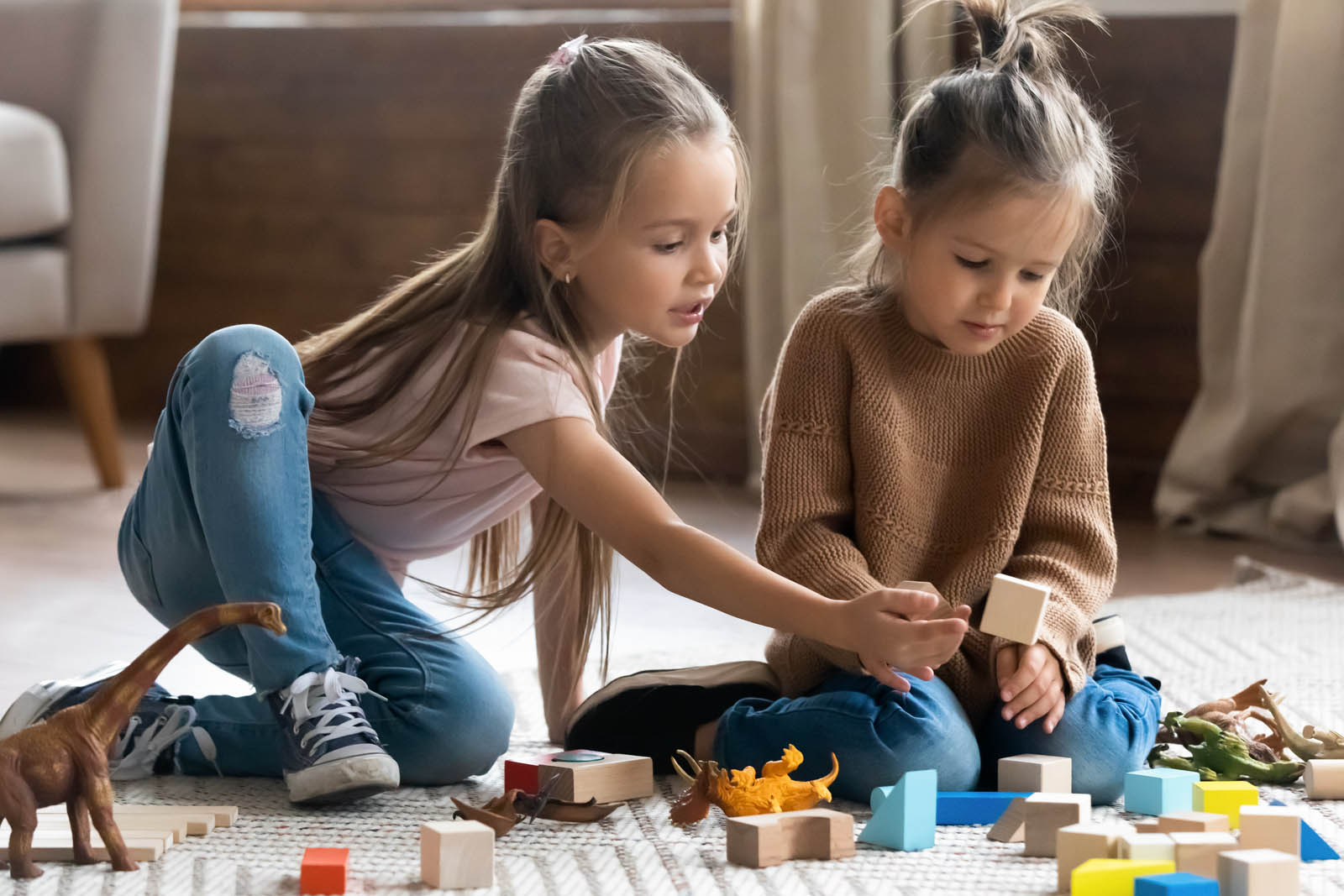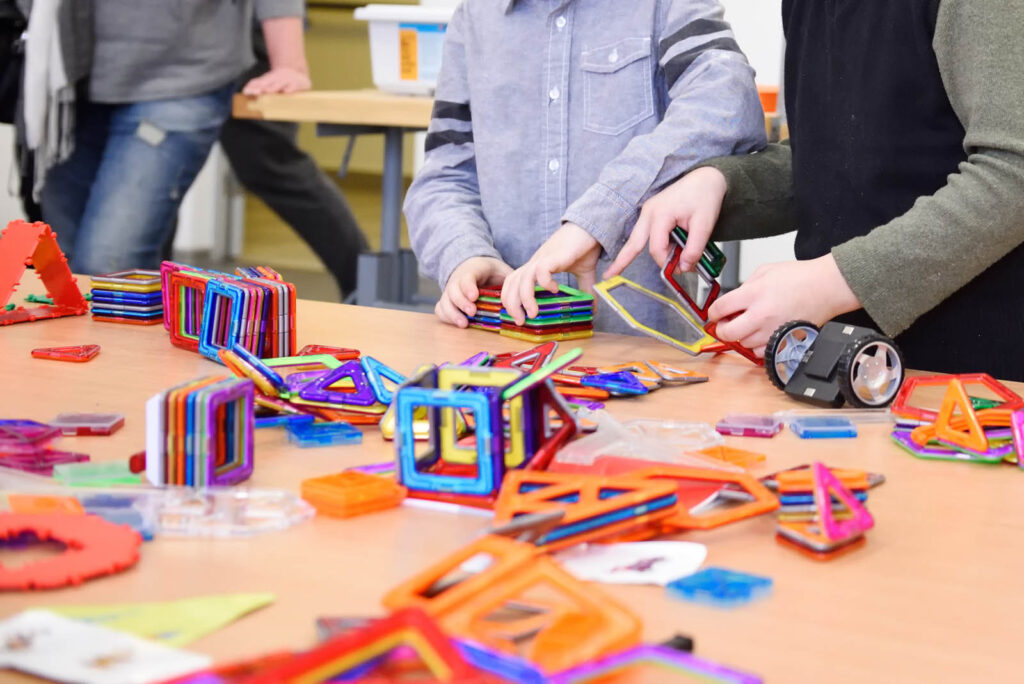
Case Study
Incorporating Play Labs Using a Toy Convention to Test Educational Prototypes
overview
A manufacturer of educational toys was planning to attend a popular consumer toy convention and wanted to use the opportunity to test two toy prototypes. They approached C+R for help converting visitors to their exhibit into research participants.
To meet the client’s needs, C+R conducted qualitative intercept interviews with a Play Lab component, which allowed kids to interact with the client’s prototypes and provide feedback about what they liked and disliked as they played. The client walked away with a list of delighters and recommendations for improvement.
THE PROBLEM
Converting Exhibit Visitors into Research Participants
A toy manufacturer exhibiting at a consumer events convention in a major U.S. city wanted to use the opportunity to obtain feedback from kids and parents on two of its toy prototypes, one for kids between two and four years old, and another for kids between five and ten years old.
The client wanted to know if kids thought the toys were fun (delighters and drawbacks) and, for the second toy, which of the two versions they liked most. For each toy, they also wanted to know how parents evaluated the overall appeal, considering design, packaging, and price.

OUR APPROACH
Intercept Interviews and Play Labs
C+R joined our client at the convention to conduct intercepts/Play Labs with parents and kids. The intercepts were conducted over two days, and each lasted about 20 minutes. Two different toys/prototypes were tested, one for children between the ages of two and four and one for children between the ages of five and ten.
Intercepts were conducted at the client’s exhibit. First, parents completed a short survey to identify eligibility; surveys also helped assure a mixed sample in terms of age, gender, ethnicity, and household income. Next, parent/child pairs were taken to an on-site room where children were invited to play with a toy based on cell assignment.
During the intercepts, the moderator first observed the child interacting with the toy to identify delighters and barriers. The child was then asked for feedback on the toy. At the end of the session, the moderator interviewed the parent to elicit their perspective on the toy’s design, packaging, and price.
In total, we completed 41 intercepts – 24 tested the prototype for young children, and 31 tested the prototype for older children. Some parents had multiple children, allowing the team to test more toys with fewer intercepts.

The result
Immediate and Actionable Feedback
Through the research process, the client received valuable feedback on both of its toy prototypes. For the first prototype, they identified the ideal age for the toy and the average price parents were willing to pay. For the second prototype, they learned which of the two versions kids preferred (and why) and received some winning suggestions for improving the toy’s name.


proven experience
related case studies
